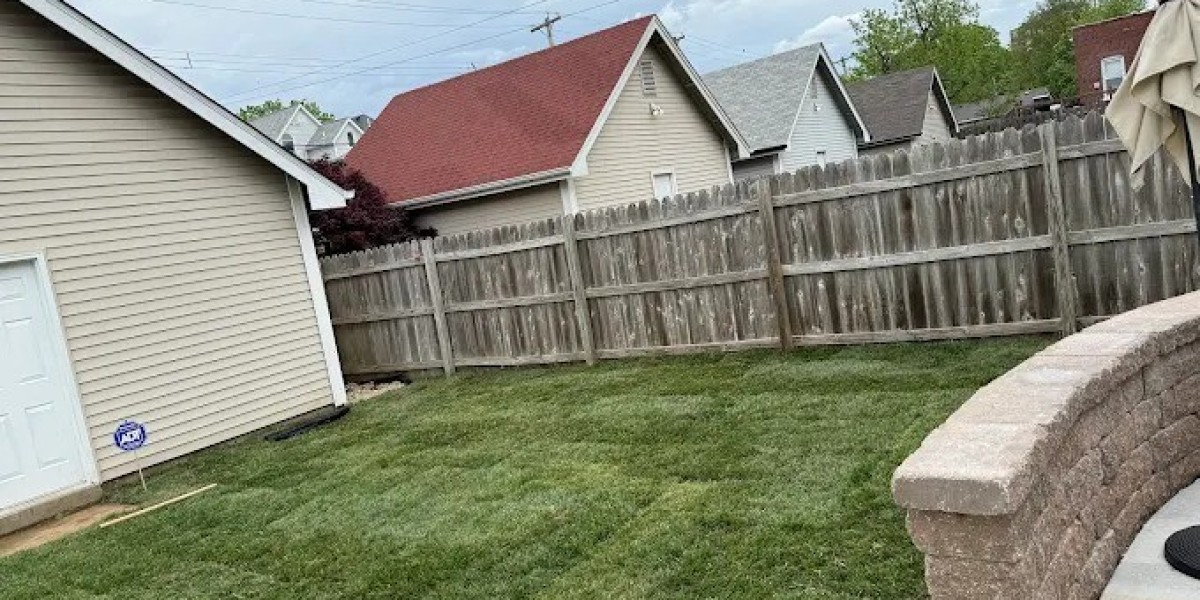When planning an outdoor project, many homeowners come across two common terms: hardscape and landscape. Both form part of exterior design, yet they represent very different elements of an outdoor area. Understanding the difference is important for anyone wanting to design, build, or upgrade their garden, backyard, or patio. Choosing the right balance of hard and soft elements not only affects the look of a property but also influences maintenance, usability, and long term value.
Defining Hardscape
Hardscape refers to the solid, non living features within an outdoor space. These include patios, walkways, retaining walls, stone features, decks, and even outdoor kitchens. The key characteristic of hardscape is its permanence. Once built, these structures define the framework of a garden or yard.
Hardscape is often the first stage of outdoor planning, since it sets boundaries and creates usable surfaces. For instance, a patio provides a stable base for furniture, while a retaining wall shapes levels in a sloped yard. The right hardscape brings structure, order, and balance, forming the backbone upon which softer features are added.
Defining Landscape
In contrast, landscape refers to the living and organic elements of a property. Grass, flowers, trees, shrubs, and soil based features all fall under landscape. These elements are flexible, changing with seasons, growth, and care. They bring colour, texture, and natural movement to outdoor areas.
Landscaping often comes after hardscaping because living features adapt around permanent structures. A flower bed may be placed alongside a patio, or shrubs may border a walkway. The living parts soften the rigid lines of stone or concrete, creating a welcoming and visually balanced outdoor environment.
Hardscape vs Landscape: Key Differences
The distinction between hardscape and landscape lies in both function and form:
Material
- Hardscape uses solid materials such as stone, brick, timber, or concrete.
- Landscape involves soil, plants, and organic features.
Lifespan
- Hardscape structures can last decades with minimal upkeep.
- Landscape elements require ongoing care and can change yearly.
Function
- Hardscape creates usable surfaces, defines areas, and adds stability.
- Landscape enhances beauty, provides shade, improves air quality, and supports biodiversity.
Adaptability
- Hardscape is static and permanent.
- Landscape is dynamic, evolving with the environment.
Why Both Are Important
An outdoor design that focuses solely on hardscape can feel cold and uninviting, while one that relies only on landscape may lack structure. The best results come from blending both. Hardscape provides the framework, while landscape adds warmth and softness. Together, they form a balanced, functional, and visually pleasing outdoor area.
Examples of Hardscape Features
Hardscape comes in many forms depending on the size and purpose of a property. Common examples include:
- Patios and decks for entertainment and relaxation
- Pathways and driveways for movement and access
- Retaining walls to manage slopes or soil erosion
- Outdoor fireplaces and kitchens for cooking and gatherings
- Fences and gates for privacy and security
Each feature requires skilled installation to ensure durability. Homeowners searching for patio builders st. louis will find professionals who can design and install long lasting hardscape solutions tailored to local conditions.
Examples of Landscape Features
Landscape features vary depending on climate, personal taste, and design goals. These include:
- Lawns for open green areas
- Flower beds and garden plots for colour and fragrance
- Trees for shade and seasonal appeal
- Hedges for privacy and natural barriers
- Ground cover plants to soften stone edges
Unlike hardscape, landscaping must be maintained regularly. Watering, trimming, fertilising, and seasonal care are essential to keep plants healthy and visually appealing.
Balancing Hardscape and Landscape
Finding the right balance between hard and soft elements is both an art and a science. Too much hardscape can make an area feel harsh, while too much landscape may lead to constant maintenance and lack of structure. A thoughtful design ensures that paved areas connect naturally with green zones. For example, a stone walkway framed by flower beds creates both function and beauty.
Environmental Considerations
Both hardscape and landscape have environmental impacts. Poorly planned hardscape can lead to water runoff and drainage issues. Using permeable pavers or gravel paths reduces this risk. Meanwhile, landscape features like trees and shrubs can improve air quality, provide shade, and reduce energy costs. Choosing native plants also supports local ecosystems while reducing the need for water and fertiliser.
The Role of Professional Expertise
While homeowners can handle small DIY projects, larger installations require skilled professionals. This is especially true for patios, retaining walls, or complex garden designs. Choosing experts ensures that both hardscape and landscape elements work together harmoniously. Skilled patio builders st. louis understand soil conditions, drainage requirements, and regional weather patterns, making them well suited for projects in the area.
Cost Considerations
Budgeting for outdoor projects often involves balancing immediate cost with long term value. Hardscape usually involves a higher upfront investment due to materials and labour, but it provides decades of use with minimal upkeep. Landscape requires lower initial cost but ongoing maintenance expenses. A well planned mix ensures value while avoiding hidden costs.
Maintenance Requirements
- Hardscape: Cleaning, sealing, and occasional repairs. Minimal compared to soft elements.
- Landscape: Regular mowing, trimming, watering, and seasonal care. Requires continuous attention.
Understanding these demands helps homeowners plan time and budget accordingly.
Local Expertise in St. Louis
Outdoor projects in St. Louis present unique challenges such as clay heavy soils, fluctuating temperatures, and drainage needs. Professionals with local experience adapt designs to suit these conditions. For example, STL Sod Install & Hardscapes, located at 6961 L St, House Springs, Mo, 63050, has worked with homeowners across the region to deliver tailored outdoor solutions. Local knowledge ensures that patios, walkways, and gardens remain durable and functional over time.
Planning a Project: Step by Step
- Assess the property – Identify areas suited for hardscape and those that benefit from landscape.
- Set a budget – Balance short term expenses with long term maintenance costs.
- Consult experts – Speak with professional installers for design input.
- Choose materials and plants – Select options that match both lifestyle and climate.
- Schedule construction – Complete hardscape first, followed by landscape adjustments.
By following these steps, homeowners can avoid costly mistakes and achieve a well rounded outdoor design.
Why Reviews and References Matter
Reading testimonials and checking past work provides valuable insight into a company’s professionalism. Positive reviews highlight punctuality, quality workmanship, and respect for clients. When searching for patio builders st. louis, homeowners should seek out contractors with consistent praise for both design and execution.
Client Testimonial
Mark D.
I wanted a patio that matched the style of my house and blended with the garden. The builders I hired explained each stage, kept the project on track, and the end result is both practical and attractive. I spend more time outside now than ever before.
Final Thoughts
The main difference between hardscape and landscape lies in their roles: one provides structure, the other adds life. Hardscape defines usable spaces, while landscape softens them with natural beauty. Together, they create an outdoor environment that is both functional and enjoyable. For homeowners in St. Louis, working with skilled experts ensures that these two elements blend seamlessly, resulting in a property that stands the test of time.






